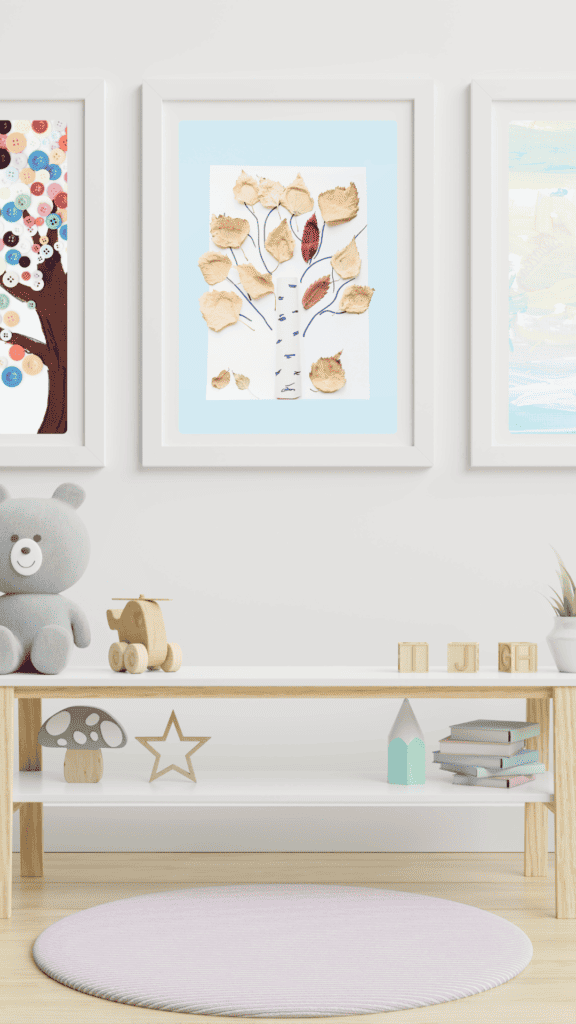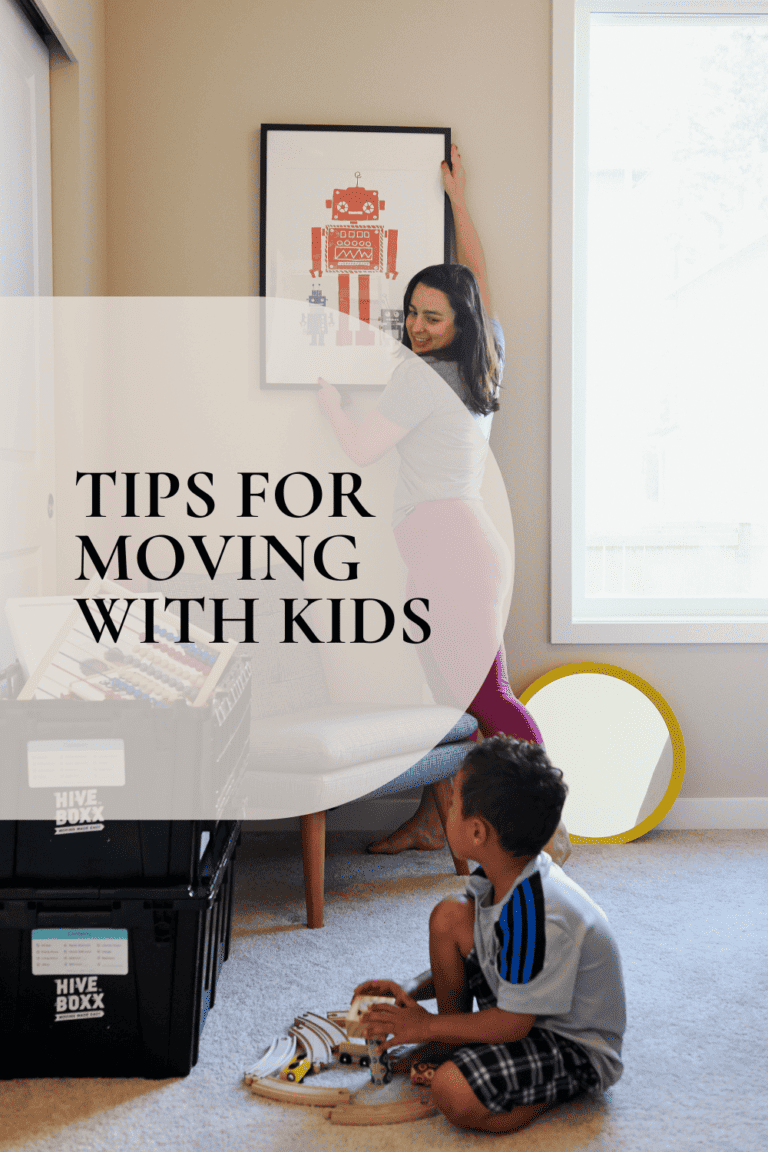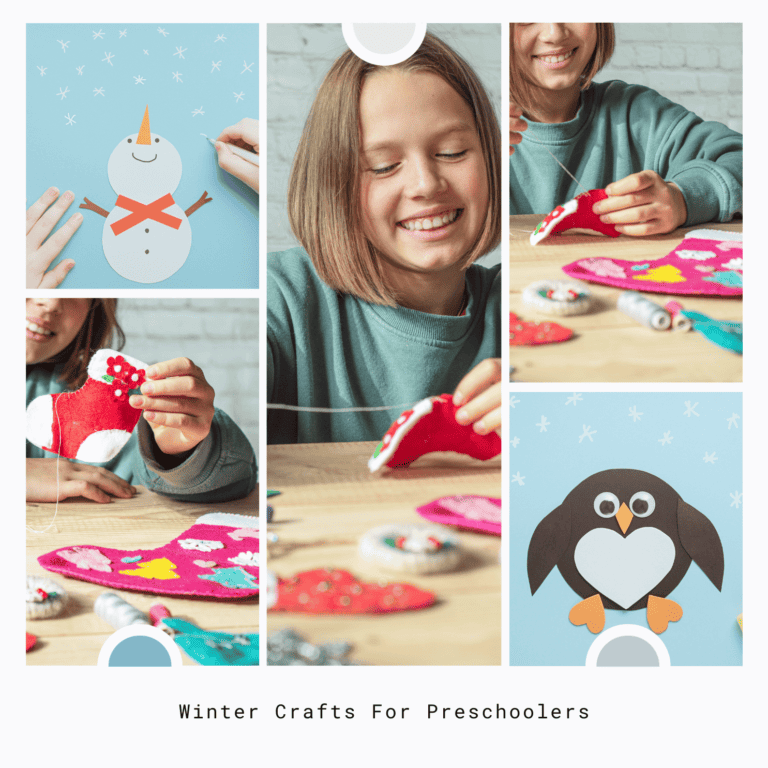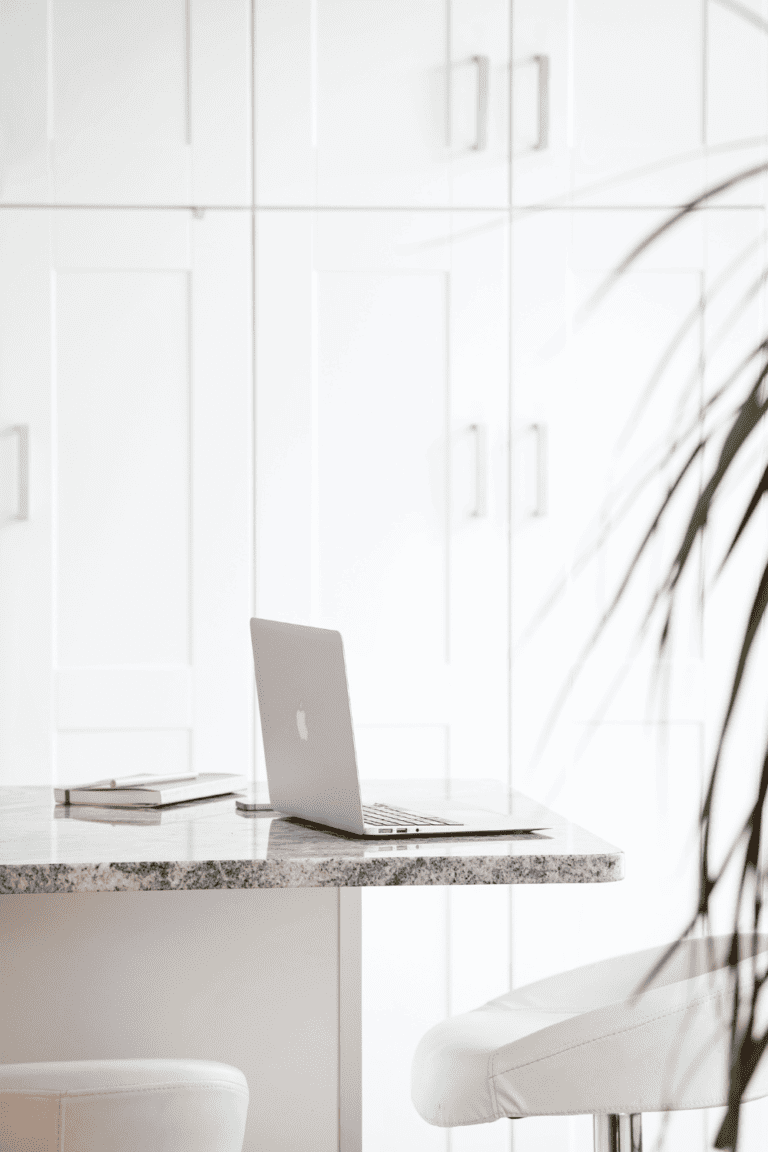10 Quick Tips for Organizing Your Child Learning Space
This post may contain affiliate links, meaning I make a commission if you purchase through my links, at no extra cost to you. Disclosure here
This blog post is all about the best tips for organizing your child learning space.

As a mom of a toddler or preschooler, you understand the whirlwind of energy and curiosity that fills your home every day. In the midst of this beautiful chaos, creating a dedicated learning space for your little one can be a game-changer. Not only does it provide a specific area where learning and creativity are nurtured, but it also helps in instilling organizational habits early on.
Whether you’re juggling homeschooling duties or simply seeking to enrich your child’s daily routine, an organized learning space can make a significant difference. From making the most of small spaces to keeping supplies within tiny arms’ reach, these 10 quick tips are designed to help you set up a functional, inviting learning area that both you and your child will love.
So let’s dive in and transform a corner of your home into an inspiring educational haven!
Best Tips for Your Child Learning Space
1.Designate a Specific Learning Area
In the hustle and bustle of daily life, having a designated spot for your child’s educational activities can make a world of difference. It doesn’t need to be an entire room; a quiet corner in the living room or a section of your child’s bedroom can be just perfect. The key is consistency – having a specific place where your child knows it’s time to focus on learning can help in developing a routine and making the transition from playtime to learning time smoother.
- Choose a Low-Traffic Area: Look for a spot that’s away from the household commotion. A quieter environment helps in minimizing distractions and maximizes concentration.
- Make It Accessible: Ensure that this area is easily accessible to your toddler or preschooler. It should be a safe space where they can feel comfortable and independent.
- Personalize the Space: Involve your child in setting up this area. Let them choose some decorations or artwork to hang. This personal touch can make the space more inviting and special to them.
Creating this dedicated learning space not only organizes your home but also sets a clear expectation and excitement for learning. It’s like their little ‘office’, where great ideas and learning moments happen!
Busy moms know that a well-organized learning space can make educational activities at home both fun and effective. But where to start? Here are ten quick tips to transform any area into an inviting, organized learning zone for your little ones.
2. Opt for Clear Storage Bins
One of the simplest yet most effective ways to maintain an organized learning space is to use clear storage bins. These bins are a lifesaver for busy moms and curious kids alike. They allow you and your child to see exactly what’s inside without having to rummage through multiple containers, making both clean-up and finding specific items a breeze.
- Visual Clarity: Clear bins take the guesswork out of where things are. This visual accessibility is especially helpful for toddlers and preschoolers who are still learning to recognize and remember where their supplies are.
- Encourage Self-Reliance: With everything in plain sight, your little ones can learn to take out and put back their learning materials independently, fostering a sense of responsibility.
- Stack and Store: These bins are often stackable, saving valuable space. You can keep them under tables, in closets, or even on shelves, making the most of the available area.
By incorporating clear bins into your child’s learning space, you not only keep things tidy but also add an element of ease and efficiency to your daily educational routine.
3. Implement a Labeling System
A labeling system is not just about keeping things in order; it’s a fantastic educational tool as well. When you label shelves, bins, and drawers in your child’s learning space, you’re helping them learn to read and recognize words while keeping their space organized.
- Picture and Word Labels: For younger children, use labels with both pictures and words. This helps in associating words with their corresponding objects, which is a great way to build vocabulary.
- Involve Your Child: Make label creation a fun activity. Let your child help in making labels. They can draw pictures or help you write the words. This makes them more likely to remember and use the labels.
- Consistent Placement: Place labels at your child’s eye level and in consistent spots. Consistency helps in reinforcing where things belong and makes it easier for your child to put things back in their place.
Incorporating labels into your organization strategy not only tidies up the space but also turns organizing into a learning opportunity. It’s a simple way to enhance literacy skills and foster independence in your child.
4. Select Child-Friendly Furniture

The right furniture can make a significant difference in how your child interacts with their learning space. Child-friendly furniture is designed to be both safe and appropriately sized for little learners, ensuring they are comfortable and can focus better.
- Ergonomic and Safe: Choose furniture that is ergonomically designed for children. Ensure it’s stable and has no sharp edges. Chairs should allow feet to be planted firmly on the ground, and tables at a comfortable height.
- Engaging and Fun: Opt for furniture in bright colors or interesting shapes. This can make the learning space more inviting and exciting for your child.
- Multi-functional Pieces: Consider furniture that can serve multiple purposes, like a table that also has storage space underneath. This can be a great space-saver and adds to the efficiency of the area.
Investing in child-friendly furniture not only ensures your child’s comfort and safety but also makes the learning space more appealing to them. This can encourage them to spend more time engaging in educational activities.
5. Create a Display Area for Achievements

A dedicated space to display your child’s artwork, crafts, and educational milestones can significantly boost their confidence and sense of achievement. This display area serves as a visual reminder of what they’ve learned and created, encouraging continued exploration and creativity.
- Bulletin Board or Wall Space: Set up a bulletin board or designate a section of the wall where you can display their latest artwork or educational achievements. This can be a rotating gallery that showcases their ongoing projects and successes.
- Interactive Display: Make the display interactive. Include a mix of artwork, photographs, and even educational accomplishments like a completed puzzle or a well-done workbook page.
- Celebrate Progress: Regularly update the display to reflect your child’s current interests and achievements. This not only keeps the space fresh but also shows your child that you value and celebrate their progress.
By creating a special area for your child’s creations, you’re not just organizing their learning space; you’re also nurturing their self-esteem and enthusiasm for learning.
6. Keep Essential Supplies Accessible
An efficient learning space is one where all necessary supplies are easily accessible to your child. This not only facilitates uninterrupted learning but also encourages your child to be self-reliant and take initiative in their activities.
- Organize Supplies by Use: Group items by their use. For example, keep all drawing supplies together, all reading materials in one spot, and so forth. This helps your child know exactly where to find what they need.
- Child-Height Storage: Store these supplies at a height that is easily reachable for your child. Use low shelves, open bins, or drawers that they can access without assistance.
- Regular Check and Restock: Regularly check to ensure that supplies like crayons, paper, glue, etc., are well-stocked and replace or replenish as needed. This prevents any disruption in your child’s creative flow due to missing materials.
An organized and accessible supply area not only keeps your child’s learning space tidy but also empowers them to take charge of their learning experience.
7. Utilize Wall Space Efficiently
In smaller homes or crowded spaces, utilizing wall space creatively can be a game-changer for organizing your child’s learning area. It’s about going vertical with storage and display options, freeing up valuable floor space while keeping essential items within reach.
- Shelves and Hanging Organizers: Install shelves or hanging organizers to store books, materials, and even craft supplies. This keeps the floor clear and makes items easily accessible.
- Magnetic or Chalkboard Paint: Consider using a wall section as an interactive learning tool. Applying magnetic or chalkboard paint can turn a plain wall into a space for drawing, learning letters, and more.
- Decorative and Educational Posters: Use the walls to hang educational posters, maps, or charts. This not only adds to the decor but also serves as learning aids for your child.
By thinking vertically, you can significantly enhance the functionality of your child’s learning space, making it organized, stimulating, and conducive to learning.
For more space-saving ideas in compact areas, check out our Small Homeschool Room Ideas post. It offers creative, practical solutions perfect for smaller learning environments.
8. Make Organizing a Collaborative Effort
Involving your child in the process of organizing their learning space is not just about getting the job done; it’s a valuable opportunity to teach responsibility and give them a sense of ownership over their learning environment.
- Decision-Making: Encourage your child to make decisions about where things should go. This could be as simple as choosing which bin to store their crayons in or deciding the order of books on a shelf.
- Regular Clean-Up Routines: Establish a regular clean-up routine where your child participates in tidying up their space. This teaches them the importance of taking care of their belongings and their learning environment.
- Reward System for Organization: Implement a small rewards system for keeping their space organized. This could be a sticker chart or a special storytime session. It’s a way to motivate them and recognize their efforts in maintaining the space.
By turning organization into a joint activity, you not only get a well-organized space but also instill in your child the value of orderliness and self-care in their learning journey.
9. Regularly Rotate Learning Materials
Children, especially toddlers and preschoolers, thrive on novelty and exploration. Regularly rotating the books, toys, and educational materials in their learning space can renew their interest and keep them engaged.
- Seasonal Updates: Change the learning materials according to seasons or themes. For example, introduce books about nature in spring or counting games during a math-focused month.
- Involve Your Child in Choices: Every few weeks, ask your child what they’d like to learn about next. This could guide your choices for what materials to rotate in and out.
- Discovery Bins: Create themed discovery bins that you can rotate. Each bin could contain a mix of books, activities, and toys all centered around a specific topic, like space, animals, or colors.
Rotating materials not only prevents boredom but also provides a continual stream of new learning opportunities, ensuring that the learning space remains a place of discovery and excitement.
10. Ensure Good Lighting
Proper lighting in your child’s learning area is crucial. It not only affects their ability to see and concentrate but also plays a significant role in setting the right mood for learning.
- Natural Light is Best: Whenever possible, position the learning space near a source of natural light. Natural light is gentle on the eyes and can boost mood and alertness.
- Quality Artificial Lighting: In rooms where natural light isn’t sufficient, ensure there’s ample artificial lighting. A good desk lamp that doesn’t cast shadows or strain the eyes can be a great addition.
- Avoid Harsh Lighting: Steer clear of overly bright or harsh lighting, as it can cause discomfort and distractibility. Soft, warm lights can create a more comfortable and focused learning environment.
Good lighting is more than just functional; it can transform a space into a vibrant, inviting area where your child is encouraged to explore, learn, and grow.
By following these 10 simple tips, you can create an organized, engaging, and functional learning space for your toddler or preschooler. Remember, the goal is to make the space conducive to learning and creativity, while also being practical for your family’s needs. Start with one or two tips and gradually build up to a learning space that works best for your child.

Inspired to revamp your child’s learning space? Follow us on Pinterest for more creative and practical ideas to enhance your child’s learning environment. Discover a world of innovative organizing tips and educational activities that can make learning at home a breeze!
This blog post was all about the best tips for organizing your child learning space.





